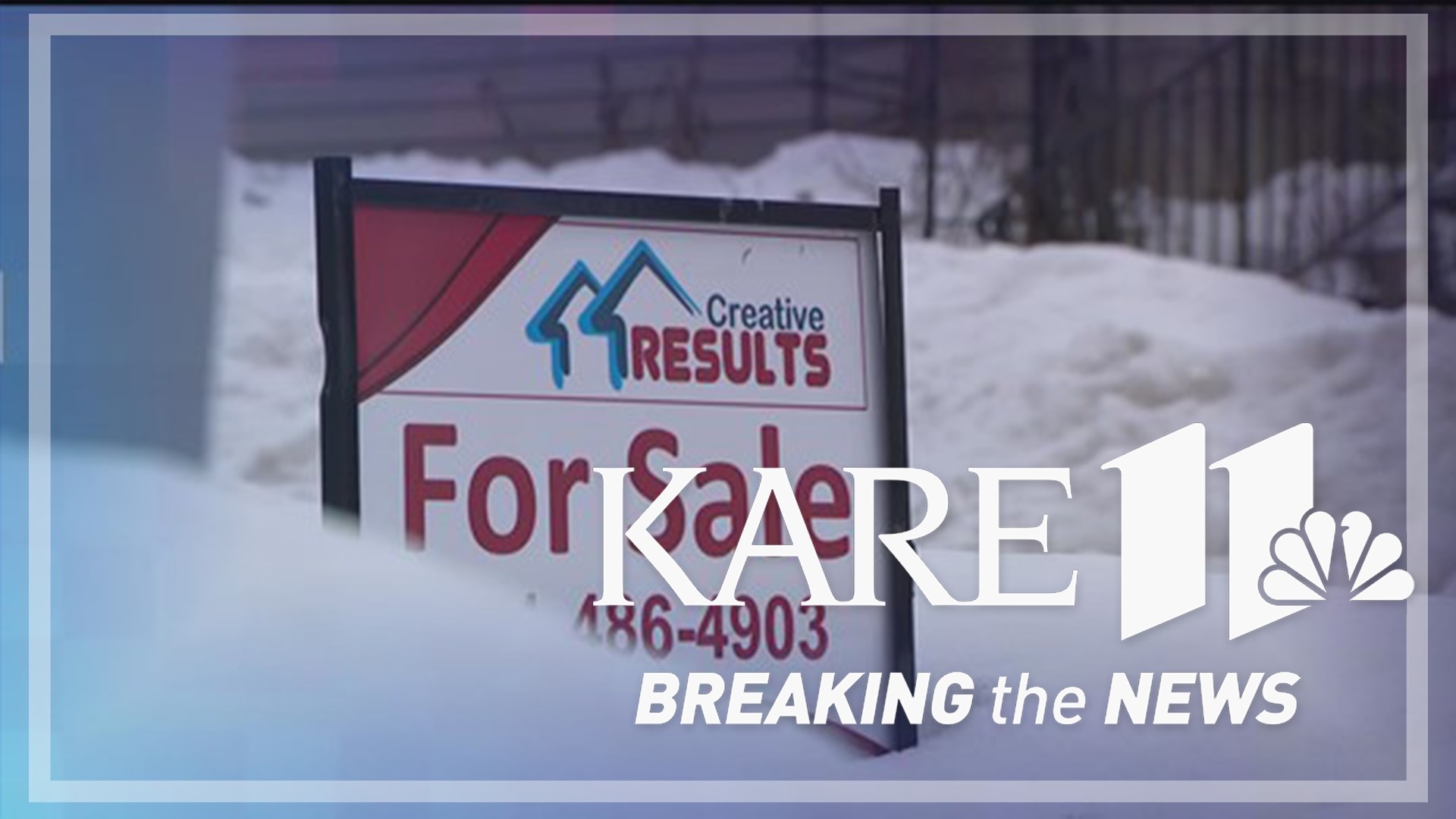MINNEAPOLIS — The latest Consumer Price Index (CPI) came out this week and shows inflation is up 6.4% compared to the same time a year ago.
Every other month the Bureau of Labor Statistics also releases local numbers for the Twin Cities, which are at 5.1% according to the latest report.
That number is the 2nd lowest in the country behind Washington D.C. at 4.4%
So, why is the number in the Twin Cities so low compared to the rest of the country?
University of Saint Thomas economics professor Tyler Schipper says in most categories on the monthly CPI report the Twin Cities is pretty close to the nationwide average, but when it comes to the cost of shelter the Twin Cities is doing better than most cities.
"The cost of housing and rent has driven prices to grow less quickly in the Twin Cities than elsewhere in the country,” Professor Schipper explains.
According to the latest CPI report, the cost of shelter nationally has gone up 7.9% since January of last year.
In the Twin Cities it's nearly half as much at 4.1%
"Compared to other metro areas that were released this month Minneapolis was doing really well,” Schipper says.
This trend goes back all the way to July of last year, so it's not a one-time thing.
Angelina Nguyễn with the Minnesota Department of Employment and Economic Development agrees that housing is playing a big role in the lower inflation rate in the Twin Cities.
"Our housing costs have not increased nearly as much as nationally. Housing is still relatively affordable (or at least relatively more affordable) here than in other places where housing costs have skyrocketed," Nguyen explains.
And it's not just the CPI report that shows this.
According to Apartment List, both the Twin Cities and Minnesota as a whole are seeing lower rental price increases compared to the rest of the United States.
For home prices, Realtor.com says the average listing price nationwide is 8.1% higher than it was a year ago.
The Minnesota Realtors Association says here in Minnesota the increase is less than half of that at 3.4%.
"Other than that shelter component we have seen some better energy readings in the last four months,” Schipper explains.
The CPI report shows Minnesota is seeing lower price increases for electricity and natural gas, compared to the nationwide average.
Nguyen says the cost of Apparel is also lower in the Twin Cities, at 1% compared to 3.1% nationally, and the price of Recreation is also lower, at 2% locally and 4.8% nationally.
However, Nguyen says the Twin Cities is seeing slightly higher price increases in Medical Care, Gasoline, Food and Transportation compared to the nationwide average.
Professor Schipper says even though the inflation rate in the Twin Cities is lower than the national average, it’s still higher than normal.
"Over the last 12 months prices have still increased 5.1%, so better than that national average of 6.4%, but still quite a bit higher than the national reserve likes.”
And while Schipper says lower inflation in the Twin Cities may give us some bragging rights here, it really doesn't affect anything nationally.
"Bottom line is a particularly good report or bad report from Minneapolis doesn't really have a meaningful effect on the path of interest rates overall."
Professor Schipper is expecting the feds will raise interest rates by a quarter to half a percent next month, because inflation continues to be a problem, but he says the situation is getting better.
"It's not a terrible economy to live in right now. Sure, it's rough around the edges and we're still working on it but things are improving, especially from where they were six months to a year ago."
Watch more local news:
Watch the latest local news from the Twin Cities in our YouTube playlist:

